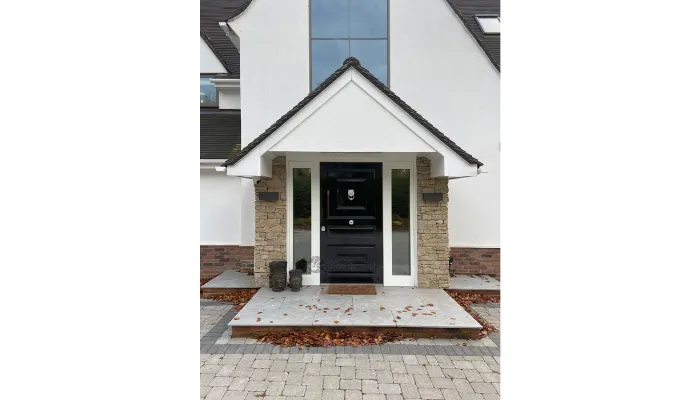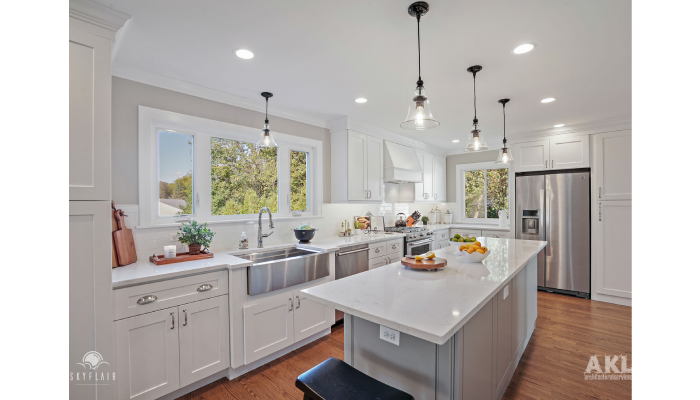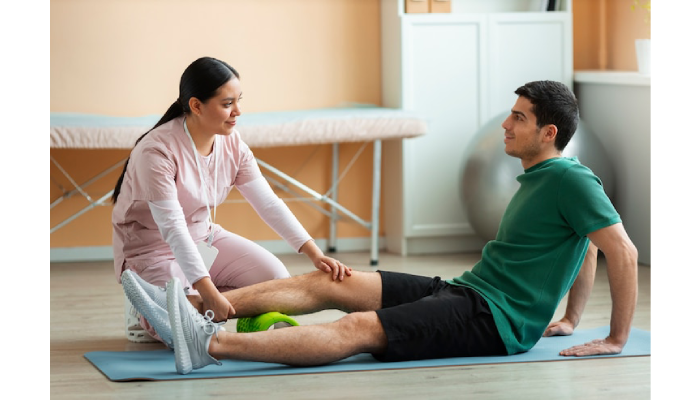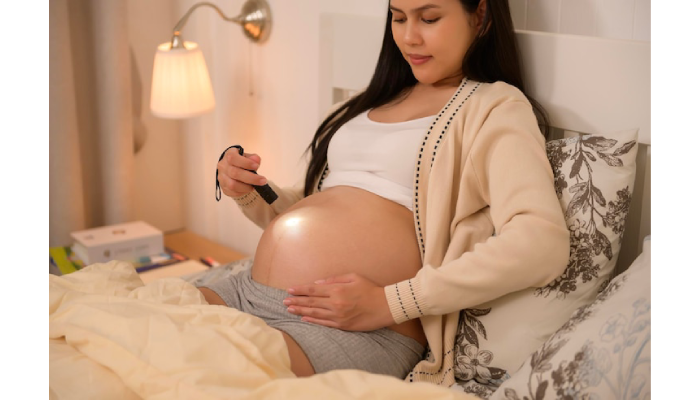Safe room doors play a crucial role in emergency preparedness plans. Primarily, they offer a secure entry to a designated area that shields against dangers like tornadoes and home invasions. Constructed from reinforced steel and built to FEMA guidelines, these doors can withstand severe weather and flying debris. They provide psychological assurance; families feel safer knowing there’s a refuge available when chaos hits. Quick accessibility is key, as every second matters during crises. Investing in durable safe room doors also boosts property value while prepping households for future threats—fostering a culture of safety and self-sufficiency when emergencies arise.
1. Understanding Safe Room Doors’ Role in Emergencies
Safe room doors play a crucial role in protecting families during emergencies. They act as a strong barrier against various external threats, ensuring safety when it matters most. During a home invasion, for example, these doors can provide precious time for families to call for help or escape to safety. In severe weather conditions, such as hurricanes or tornadoes, safe room doors are designed to withstand high winds and flying debris, significantly reducing the risk of injury.
Typically constructed from reinforced materials like steel, these doors often feature impact-resistant designs and secure locking mechanisms that are easy to operate, even under stress. Some safe room doors also include soundproofing elements, which help to muffle outside noise, allowing families to remain calm during distressing events. The strategic installation of these doors in a central location ensures quick access during emergencies, which is vital for effective response.
2. Key Design Features of Safe Room Doors
Safe room doors are designed with specific features to ensure maximum security and reliability. One of the most significant aspects is their reinforced steel construction, which offers exceptional strength and durability against various threats. Heavy-duty hinges are also crucial, as they support the door’s weight and ensure it operates smoothly even under stress. Weather stripping can be added to improve insulation, providing protection from both the elements and potential intruders. For added security, many doors include multi-point locking systems that engage at multiple points along the frame, making forced entry much more difficult.
Homeowners can also find customizable designs that allow them to select aesthetics that blend with their home’s style while prioritizing safety. Some safe room doors come with ballistic ratings, showcasing their ability to withstand different forms of attack. Furthermore, options for paint and finishes can enhance the door’s longevity without compromising its visual appeal. Easy-to-grip handles and lever locks facilitate quick access, which is vital during emergencies when every second counts. Additionally, the incorporation of fire-resistant materials can protect against heat and flames, ensuring safety during a fire emergency. Lastly, ventilation options may be included to maintain air quality inside the safe room, enhancing comfort during a crisis.
3. Psychological Benefits of Having a Safe Room
A safe room can act as a mental anchor, giving families a sense of security amid unpredictable circumstances. The knowledge that there is a designated space for protection can significantly reduce anxiety, creating a reassuring presence during emergencies. When families understand they have a safe place to retreat, they can develop a calming routine that helps manage stress. This is especially important for children, who may feel more secure and less fearful when they know where to go in a crisis. The existence of a safe room encourages proactive planning and fosters a culture of preparedness, reinforcing a family’s sense of control over their environment. Visualizing the safe room can also serve as a mental exercise that helps reduce panic responses, making it easier to remain focused during chaotic situations. Additionally, having a safe room opens up opportunities for better communication about safety within the family, allowing for informed decision-making when emergencies arise. Ultimately, these psychological benefits not only strengthen individual resilience but also promote family bonding during challenging times.
4. Importance of Quick Access to Safe Room Doors
In emergency situations, every second can make a difference between safety and danger. Quick access to safe room doors is crucial, as it allows individuals and families to enter a secure space without delay. These doors should be designed for ease of operation, meaning they can be opened swiftly, even when stress levels are high. Maintaining clear pathways to the safe room is essential; obstacles can hinder access and increase the panic during a crisis. Regularly training family members on how to reach and use the safe room enhances readiness and can lead to a more efficient response when every moment counts.
The placement of the door should be considered carefully, ensuring it is visible and accessible from common areas of the home. This way, in times of distress, anyone can find it with minimal confusion. It’s also important to take into account the physical abilities of all family members, making sure the door mechanism is manageable for everyone, including children and the elderly. Installing emergency lighting can be a game changer, guiding individuals to the safe room in low visibility conditions. Simplified locking mechanisms can prevent unnecessary delays, ensuring that the door can be secured and opened quickly.
Additionally, having a proper alarm system in place can alert family members to potential threats, allowing them to act swiftly. Regular drills can help familiarize everyone with the process of accessing the safe room, reinforcing the importance of quick action. By prioritizing quick access to safe room doors, families can significantly enhance their emergency preparedness and safety.
5. Ensuring Durability and Reliability of Doors
Choosing a safe room door made from high-quality materials such as reinforced steel is essential for ensuring maximum durability. These materials can withstand significant stress, offering protection against external threats. Regular inspections are crucial, as they can reveal any wear and tear that might compromise the door’s reliability over time. It’s also important to consider weather conditions when selecting materials; doors should be resistant to rust and decay, particularly in areas prone to moisture or extreme temperatures.
The door’s frame and hinges must match the durability of the door itself. They should be designed to handle repeated use, ensuring that the door operates smoothly even in stressful situations. Additionally, it’s wise to consider local environmental threats when selecting door features. For instance, reinforced glass panels can be incorporated to enhance visibility while still adhering to security standards.
A manufacturer’s warranty or guarantee can provide peace of mind regarding the door’s longevity, indicating that the company stands behind its product. Regular maintenance, like lubricating hinges, can significantly enhance functionality and prolong the door’s lifespan. Furthermore, it’s beneficial to ensure that replacement parts are readily available, so repairs can be made quickly if needed. Lastly, community feedback and ratings can serve as a valuable resource when making purchasing decisions, helping to identify doors that have proven their quality over time.
6. Customizing Safe Room Doors for Specific Threats
Customization of safe room doors is essential for addressing the unique threats that homeowners may face. For example, adding storm shutters enhances protection against severe weather, making the door effective against high winds and flying debris. In areas with higher crime rates, ballistic-rated doors can significantly increase security, offering peace of mind to residents.
Furthermore, soundproofing features can be integrated into the design, providing additional privacy and calm during emergencies, which is especially important for families with children or individuals with anxiety. The size of the door can be adjusted to accommodate larger items or equipment, ensuring that essential supplies can be easily stored and accessed.
Homeowners can also choose colors and finishes that blend with their home’s décor while not compromising on security, maintaining an aesthetically pleasing environment. Smart technology can be integrated for remote monitoring and alerts, allowing families to stay informed about the door’s status, enhancing overall safety.
7. Integrating Safe Rooms into Family Emergency Plans
Safe rooms should be a key part of any family emergency plan. It’s not just enough to have one; family members need to know where it is and how to operate the door. Regular drills can help everyone understand how to quickly access the safe room during a crisis. It’s also essential to establish clear communication methods for checking in with one another during emergencies. Families can prepare by discussing various scenarios, helping everyone mentally navigate the situations where they might need to use the safe room.
Incorporating the safe room into evacuation routes can make the movement smoother when every second counts. Moreover, having backup plans for reaching the safe room if the primary route is blocked is crucial. Inside the safe room, keeping an accessible emergency contact list ensures quick communication if needed. Storing information about local emergency services and resources can provide additional reassurance. Regularly reviewing the emergency plan keeps it relevant, ensuring the family is ready to act when it matters most.
8. Essential Supplies for Safe Rooms
Equipping a safe room with essential supplies is crucial for ensuring family safety during emergencies. Basic supplies such as water and non-perishable food are vital, as they help sustain families in situations where access to regular resources may be cut off. A well-stocked first aid kit is also necessary, allowing individuals to address minor injuries or health issues that may arise while waiting for the situation to improve.
In cases of power outages, having flashlights and batteries readily available can make a significant difference in maintaining a sense of security and comfort. Emergency blankets are another important addition, providing warmth in the event of extended stays in the safe room. To keep communication lines open during crises, a portable phone charger is essential, ensuring that family members can reach out for help or receive updates.
Storing important documents, such as identification and insurance policies, in the safe room can prevent loss and provide peace of mind. A radio or other communication device can be invaluable for receiving real-time updates on emergency situations, helping families stay informed.
9. Evaluating the Investment in Safe Room Doors
When considering safe room doors, it’s important to view the initial cost as an investment in safety and security rather than just an expense. High-quality doors can potentially increase property value, making them a worthwhile addition to your home. Furthermore, insurance companies often provide discounts for homes equipped with safe rooms, contributing to long-term savings that can offset the initial investment.
Assessing local crime and weather trends can help determine the necessity of this investment. For instance, if you live in a tornado-prone area, the peace of mind that a sturdy door provides can far outweigh its cost. Additionally, high-quality doors are designed for long-term durability, which means reduced maintenance costs over time. This can make the initial expense more manageable when viewed in the context of potential future savings.
To ensure you’re making a wise investment, compare prices among different manufacturers. Customer reviews and testimonials can also be valuable in understanding the effectiveness of various options. Consulting with safety experts can provide tailored recommendations based on specific needs, helping you make a more informed decision.

Mary Burns is a dedicated writer focusing on health and fitness topics. With a passion for promoting wellness and vitality, Mary shares her knowledge and expertise through engaging and informative blog posts.




